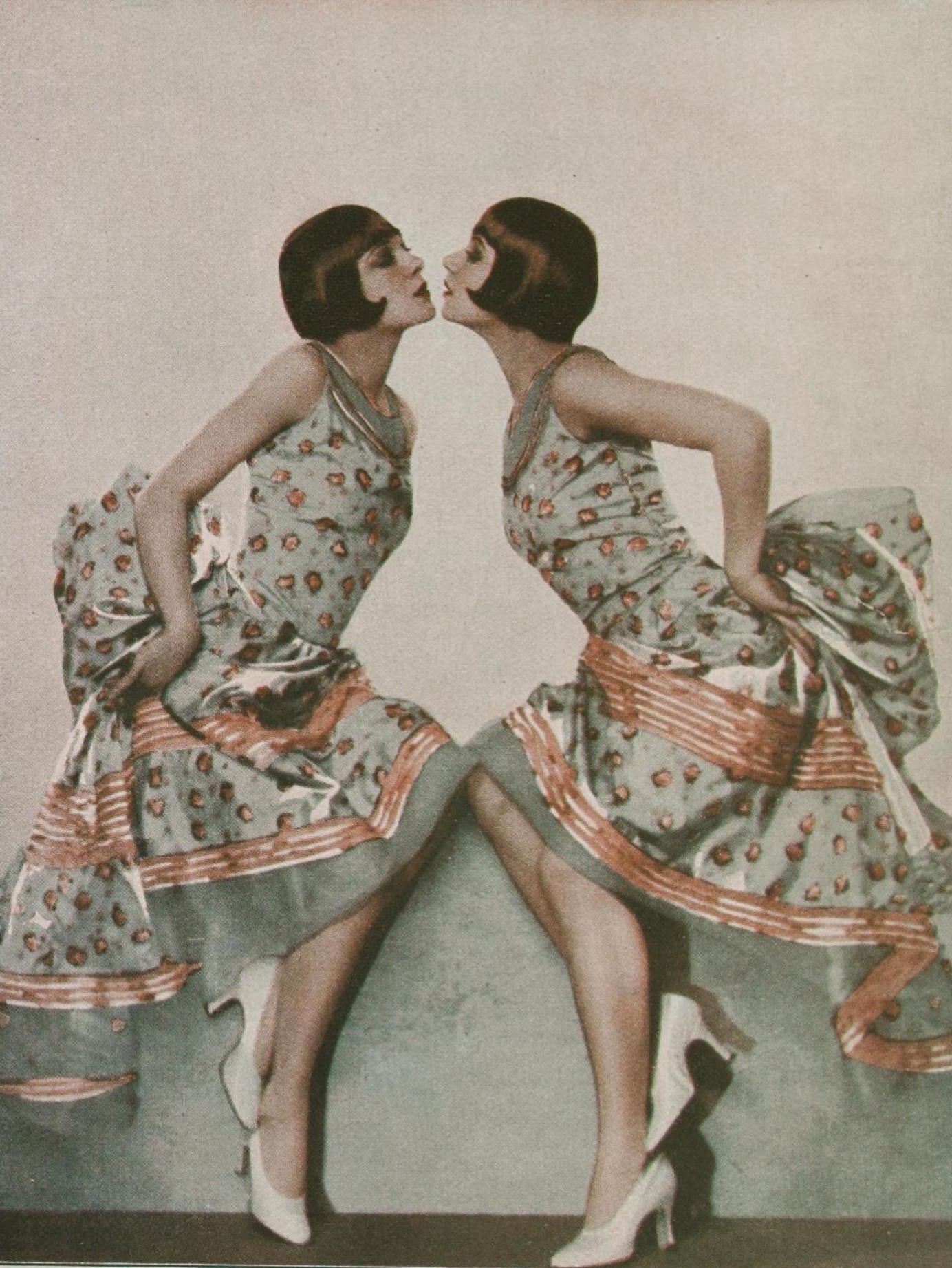
The dancing sisters Eleanor (b.1909) and Karla (b.1910) Gutöhrlein/Gutchrlein (sometimes written as Carla and Eleaner) were often confused with the Dolly Sisters throughout their careers and they worked hard to create an enigma around their background.

They claimed to have been born in Germany to a father who was a Colonel in the Prussian Guard. Although this could have been part of a rehearsed exotic-backstory, they do appear to have grown up with money and as part of distinguished society. They quickly rose to fame in the late 1920s, possibly after being discovered by the American correspondent Lincoln Eyre, when he saw them when at a charity ball at their home near Laupheim in Southern Germany. This would likely have been around 1926 or early 1927. Interviews with the sisters claim they then trained under the Russian dancer Eduard Owa, and then received further training in Paris. One later article said that the girls had left for Paris from Zoo station in Berlin in 1928 with a number of journalists present to witness their departure.
The tall, long-legged and blue-eyed young girls were described in the press as graceful, enigmatic and charming. One reporter wrote admiringly that they were ‘sophisticated but not blasé, interested in new experiences but not too wide-eyed.’ Early in their career they seemed to go by the name of Sisters Gen but this was soon shortened to Sisters G. When asked why they chose this name, the pair remained enigmatic. In one interview their mother suggested they felt it would be disrespectful to those in countries that had fought Germany during WWI to dance under such a German name. It seems more likely that it was shortened to make it more memorable and simpler for their international audience.

By 1929 the sisters had danced in London in the Café de Paris, the Kit Kat Club, the Carlton Club and the Bat Club and the Prince of Wales was said to be a fan. In Paris they were said to be the first Germans to dance at the Moulin Rouge after the war ended. It is not clear whether this was their first appearance at the Moulin Rouge, but they certainly danced at the iconic establishment between late December 1926 until at least February 1927 as part of Ca C’est Paris, which was headlined by the famous dancer Mistinguett. Although they also danced in Biarritz, Berlin, Vienna and Barcelona, they were perhaps most popular in Paris. The sisters spoke both German and French but were said to be poor at speaking English. They were praised for their versatility and unique style and could change their repertoire to reflect the country in which they were dancing: tangos from Spain, ballet from France, Jazz from America. They said their favourite dance was the Viennese waltz.
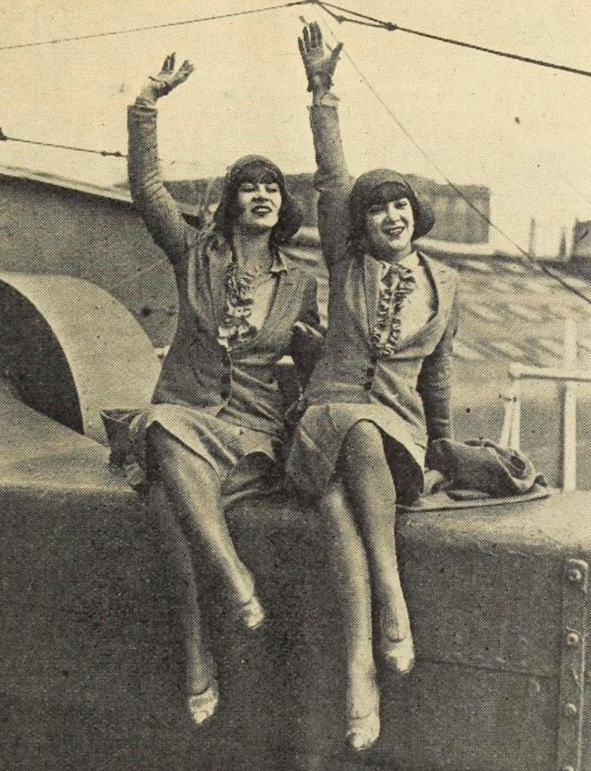 In late 1929, when they were around nineteen, Carla and Eleanor were signed by Carl Leammle, the President of Universal Pictures, to appear in Paul Whiteman’s film King of Jazz Revue. I believe that they sailed for America, accompanied by their mother, on the 7th or 8th October and arrived in New York on the 25th. The following day they made their first public appearance at the Universal Club dinner-dance at the Astor.
In late 1929, when they were around nineteen, Carla and Eleanor were signed by Carl Leammle, the President of Universal Pictures, to appear in Paul Whiteman’s film King of Jazz Revue. I believe that they sailed for America, accompanied by their mother, on the 7th or 8th October and arrived in New York on the 25th. The following day they made their first public appearance at the Universal Club dinner-dance at the Astor.
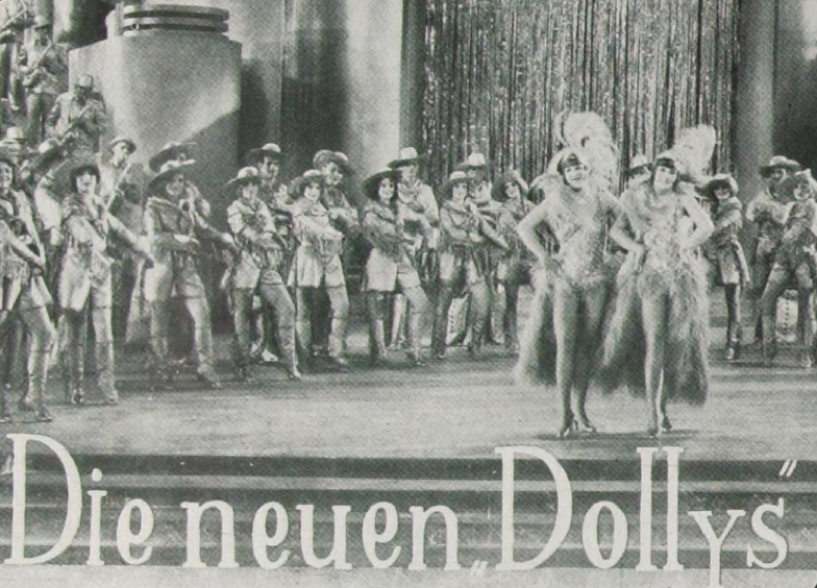
By May 1930 they were being touted in various magazines as ‘the new Dolly Sisters’ in reference to the most popular sister-act of the 1910s and 1920s the Dolly Sisters (most recently brought to life in the ITV series ‘Mr Selfridge’). As the Dolly Sisters had retired in 1929, after a gradual waning of popularity, the press clearly felt there was a sister-act gap that needed filling. The Sisters G were more than happy to take the spotlight and they certainly seemed to have enjoyed the high-life. At a party in May one of the sisters lost part of her outfit whilst dancing, much to the excitement of the popular press. One reporter wrote that ‘she carried it off the situation with magnificent aplomb and finished off the routine.’
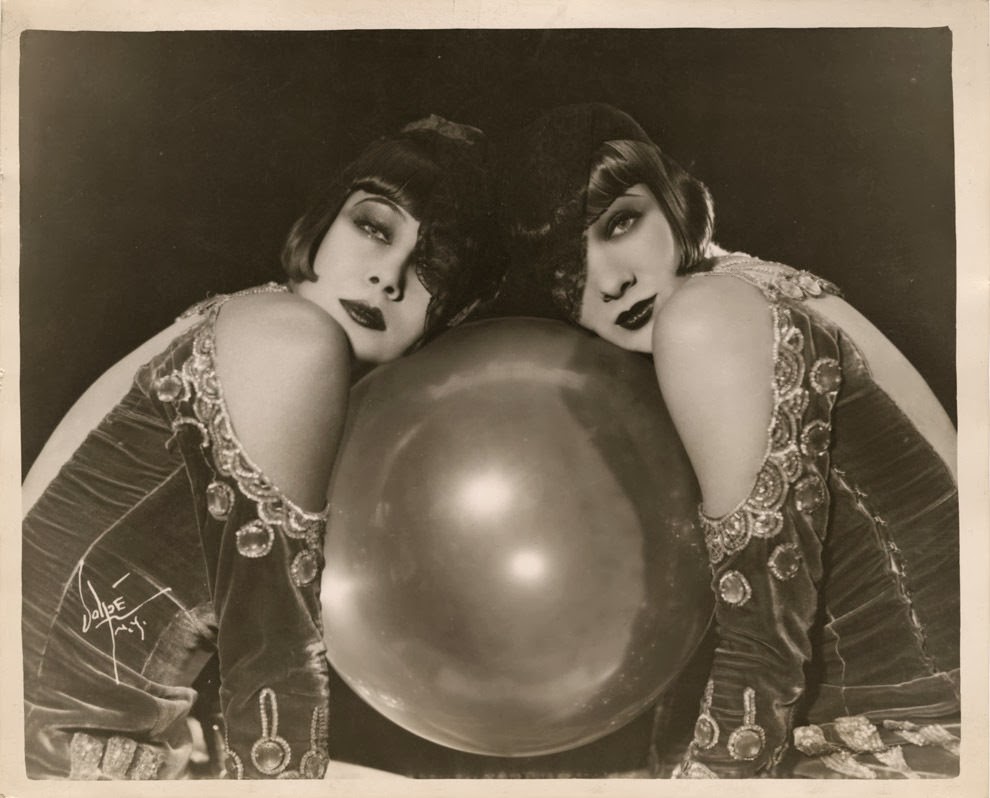
Reviews of the King of the Jazz Revue were varied, some thought it a good example of ‘the last gasp and the final toot of the saxophone in musical movie revues.’ But others, such as Picture Play Magazine, were less than impressed overall. The sisters only had a small part that mostly consisted of briefly dancing and waving feather fans. In 1930 the sisters also appeared, as themselves, in the comedy Recaptured Love. In 1930/1 they worked on three films that were released in 1931: A Woman of Experience, God’s Gift to Women (also called Too Many Women) and Kiss Me Again (a musical romance adapted from Victor Hubert’s operetta Mlle. Modiste.) I think that all their dance scenes were cut from God’s Gift to Women but reviews of their dancing in A Woman of Experience were positive; in this film they performed an exotic dance that they said was based on a traditional Egyptian dance.
By November 1931 it was being reported that the sisters ‘somehow hadn’t made the grade in pictures’ so they were to return to New York to work on the stage. Earlier that year they were said to be suing their theatrical manager for £12,000 because one of them broke their nose when riding in his car. It seems that their short-lived film careers were coming to a natural end, coinciding with the demise of the big musical-number films. However, musical revues on stage were still popular and from 1931 until the end of 1932 they worked in America. In early 1932 they were engaged to appear with the Ziegfeld Follies in Chicago, at the fashionable Villa Venice nightclub, and then in New York at the Earl Carroll Revue.
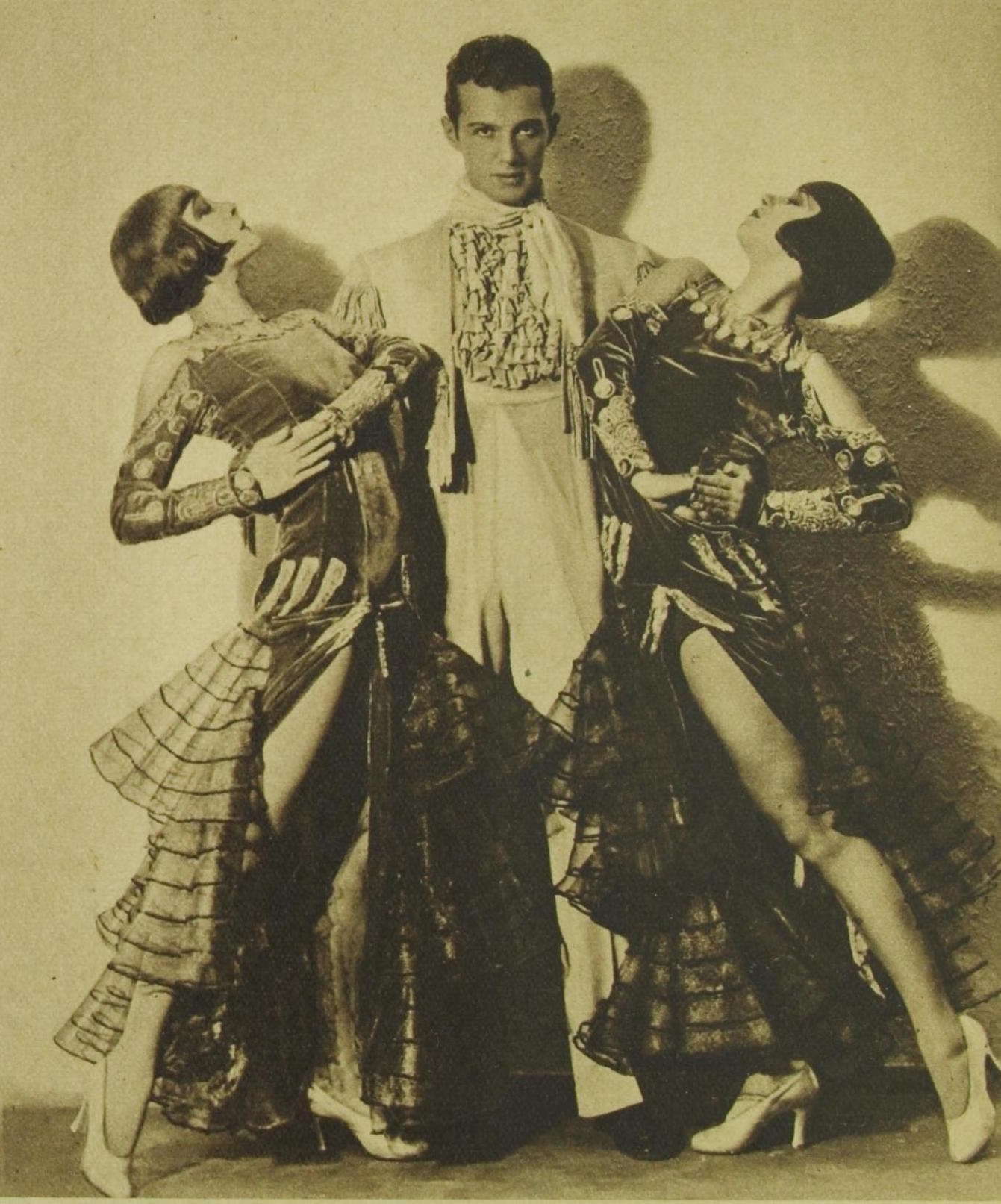
In late 1932 they returned to Germany for their first performance in their home country since their rise to stardom. I think they were guest performers at Eduard Duisberg’s Scala Theatre in Berlin, amongst other performances. It would be really interesting to know what happened to the sisters after that. But, by the early 1930s they would only have been in their early twenties, a whole life-time still to be lived.
Click here for the second part of this blog.
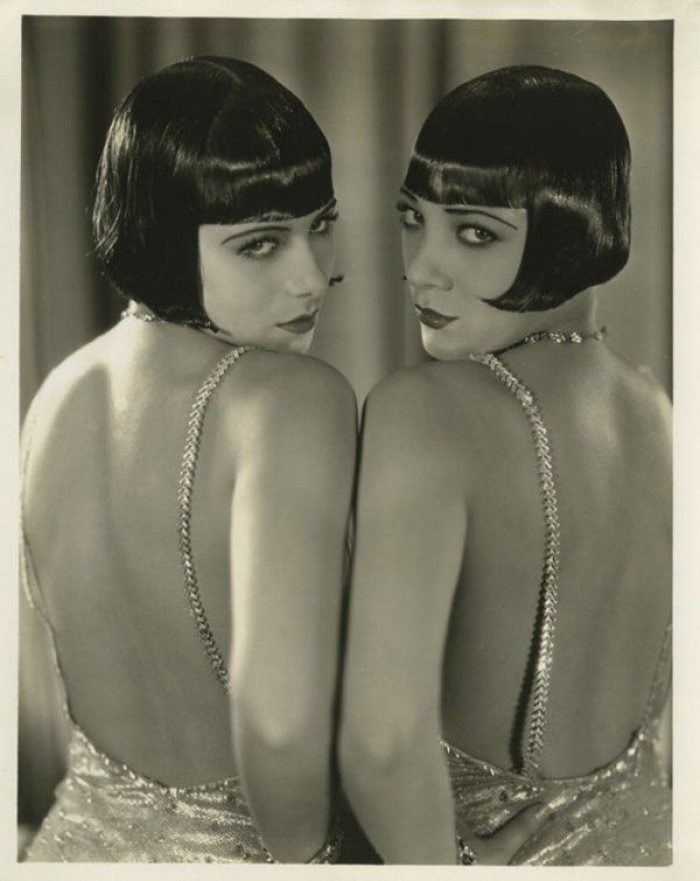
Disclaimer: I had been holding back on posting this blog as I wasn’t confident that everything I had written was as factually correct as possible as much of the information on people like the Sisters comes from unreliable original sources and often the individuals themselves created backstories that may well not be true. So I welcome any new information or corrections!
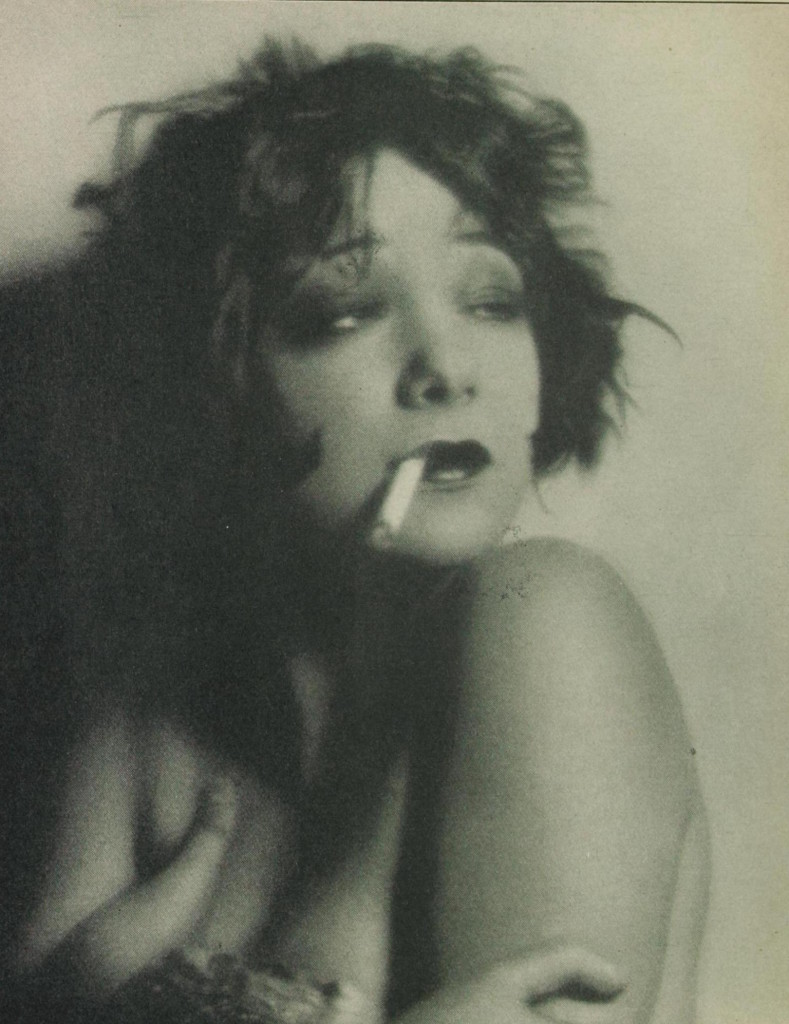


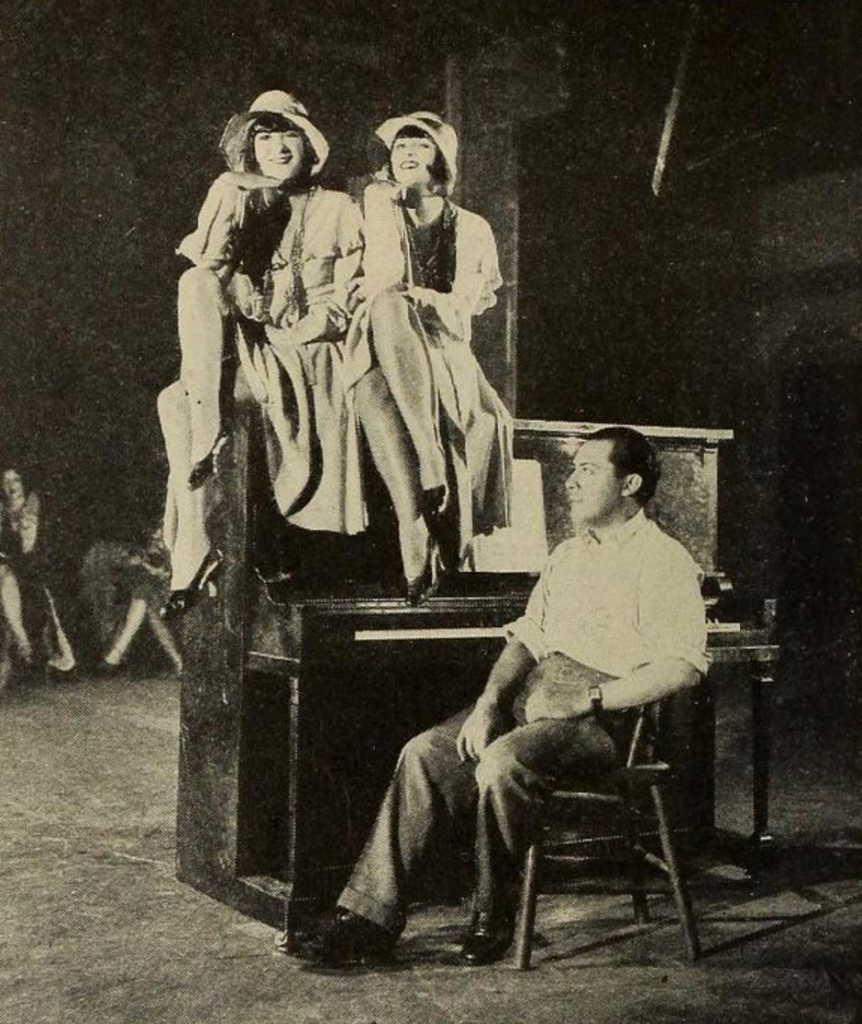
I saw the movie “the king of jazz”. The sisters G struck me as the epitome of the 1920’s – their act was so bad it was good, but what exuberance! (plus the wonderful studio manasse portraits). Anyway, I got curious whatever happened to them – even more so after they seemed to have vanished off the face of the earth after making the movie. I felt there was an interesting story in there somewhere. I was wondering where you found the information.
The sisters were born in “Königsberg” today calles Kaliningrad. Margarete Gutöhrlein, the mother had 3 daughters (Ines, Carla and Eleanor), born between 1900 and 1910.
The sisters married 1936 and 1939 men with swedish Nationality because their Mother was jewish. So tey could leave Germany! The Mother of the girls was still in Germany and was hided by Elida Freifrau von Stetten until 1945.
After 1945 The Mother worked at the Red Cross and later sche was founder of the “SOS Kinderdörfer”
Thanks for this wonderful tribute to the almost forgotten, but so wonderful dancing Sisters “G”!!
I found out that they had a also famous mother, Margarete Gutöhrlein, who cam to fame in Germany after WW2 for founding a “Kinderdorf” (child village) for social poor children. Her biographi (in german) can be downloaded here: https://www.albert-schweitzer-kinderdorf.de/fileadmin/Dateien/Dateien/Geschichte_Magu_eine_Frau.pdf
However, in this file also the story of her 3 daughters is described. Originally she had 3 daughter, who were all born in Königsberg i. Pr. ( today Kaliningrad): the elder sister Ines in 1908, Eleanor in 1909 and Karla in 1910. Since about 1927 Eleanor and Karla start a carreer as Varieté Dancers in GErmany and abroad. They were managed since the beginning by her mother, who were also a educated dancer and actress. She created all the dances, and travelled with their daughters all around the world, also to Holly wood. Despite both daughter get married in 1936 to swedish husbands, mother & daughter continue their career until 1938 mainly in the US. As her mother was half – jewish they planned to apply for the US-citizenship, but failed somehow. After a short return to Germany in 1938 Nazi authorities forbid Margarete to leave Germany again. Her two daughters were secure in Sweden, but without their mother, they refused to continue their career.
Margarete survived until 1945 in Germany, as she spent the last years hidden under the roof of a castle in southern Germany, until the castle was liberated by the US Army, who she welcomed happily. Then, in the 1950ies she founded the child village in southern Germany. No information about her two daughters Eleanor and Karla. Her elder sister Ines stayed in Germany and her son told the story of Margarete in this document mentioned above.